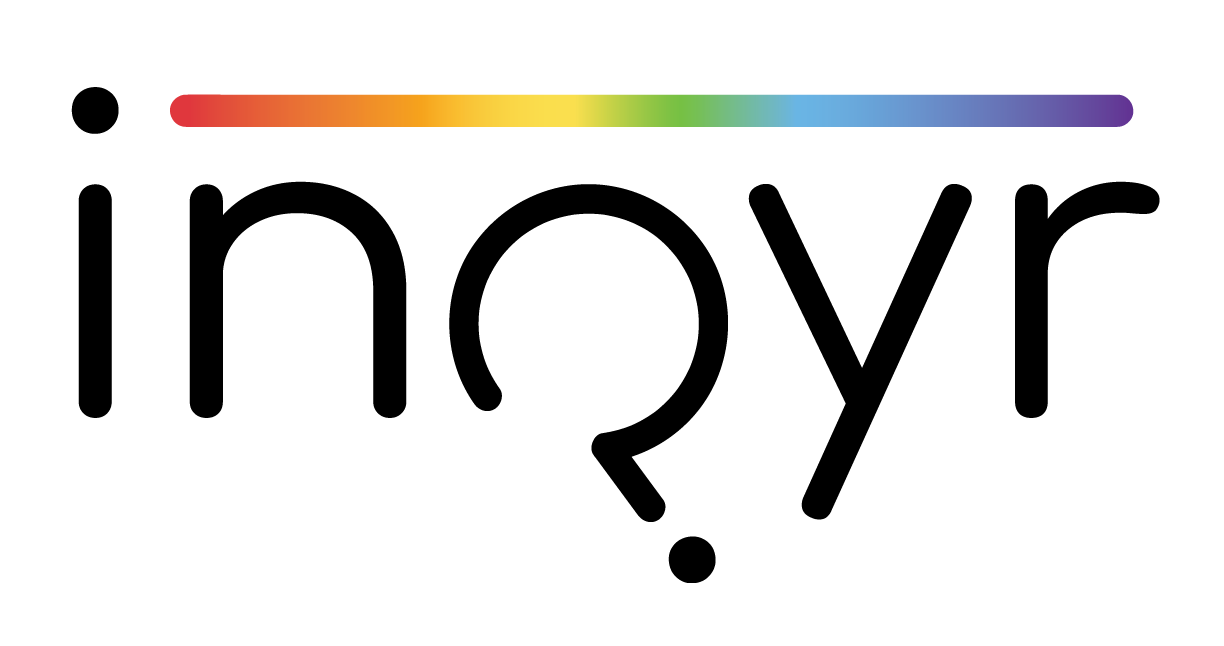Frequencies and patterns of adverse childhood events in LGBTQ+ youth
Craig, S. L., Austin, A., Levenson, J. Lueng, V., Eaton, A., & D’Souza, S. (2020). Frequencies and patterns of adverse childhood events in LGBTQ+ youth. Child Abuse & Neglect, 107, 104623. https://doi.org/10.1016/j.chiabu.2020.104623
Highlights
Background
Trauma, specifically adverse childhood experiences (ACEs), predicts significant health and mental health disparities, yet there is a paucity of research with LGBTQ + youth.
Study Description
This study explored ACE prevalence in a large sample (n = 3,508) of LGBTQ+ youth aged 14–18 in the United States and Canada
Participants identified a range of sexual orientations: pansexual (33.9 %), bisexual (26.6 %), and queer (16.2 %), and gender identities: female (39.9 %), non-conforming (38 %), male (14.9 %), and transgender (16.6 %).
We also examined ACE patterns within and across subgroups, and compared results with the general population
Key Findings
Participants reported multiple ACEs (M = 3.14, SD = 2.44). Most prevalent were emotional neglect (58 %), emotional abuse (56 %), and living with a family member with mental illness (51 %)
Notably, 43 % of participants experienced 4+ ACEs, considered to be a high and significantly impactful level of trauma exposure
Compared to national samples, LGBTQ + youth demonstrated unique patterns of ACEs and were higher in 9 of 10 categories (with the exception being similar scores for experiencing parental divorce/separation)
Significantly higher ACEs were found in pansexual, transgender and gender non-conforming, American-Indian, Latinx, and rural youth compared to other LGBTQ+ youth in this study
LGBTQ+ youth with highly educated parents, who resided with a parent , and who were in Canada reported fewer ACEs
Conclusion:
LGBTQ+ youth experience higher rates of significant childhood trauma than their cisgender and heterosexual peers and this can have a potential impact on their mental health.

